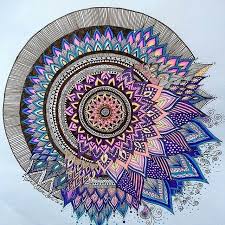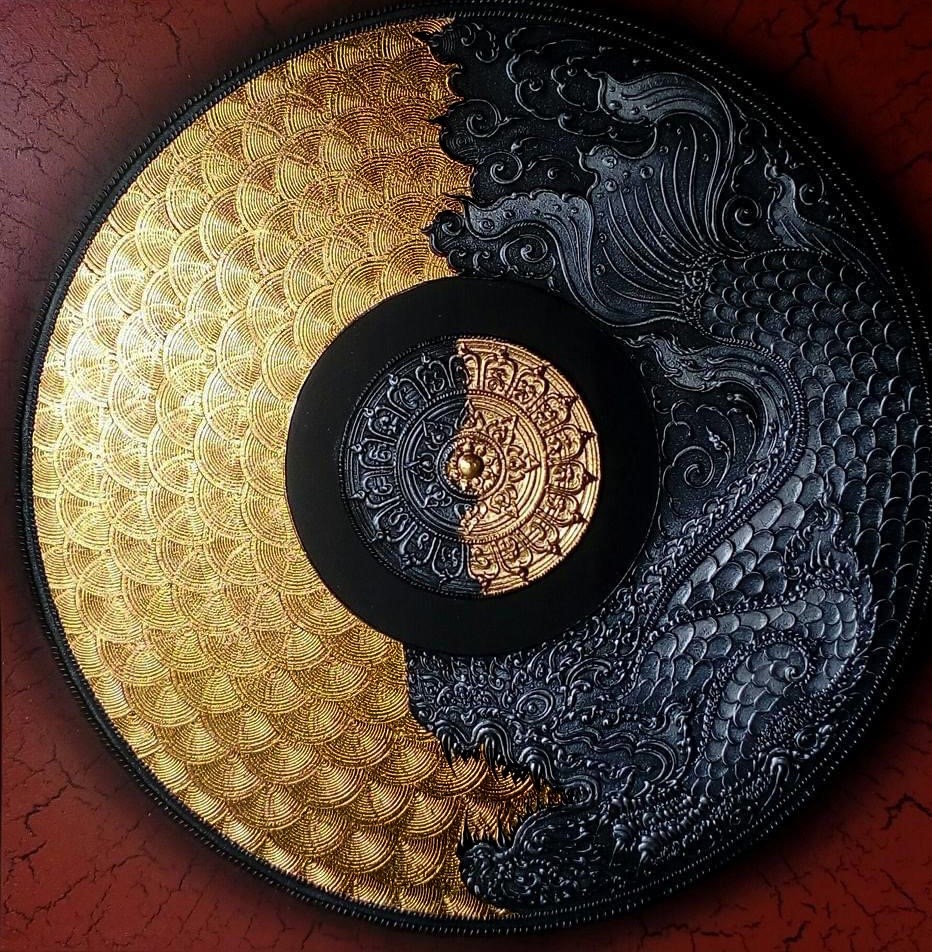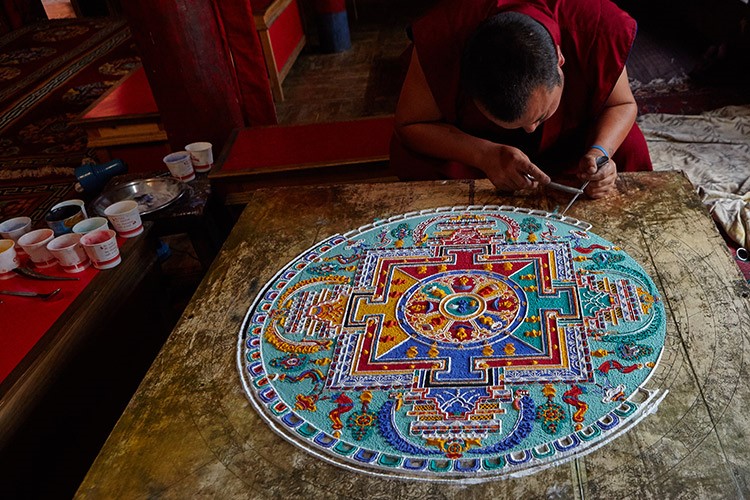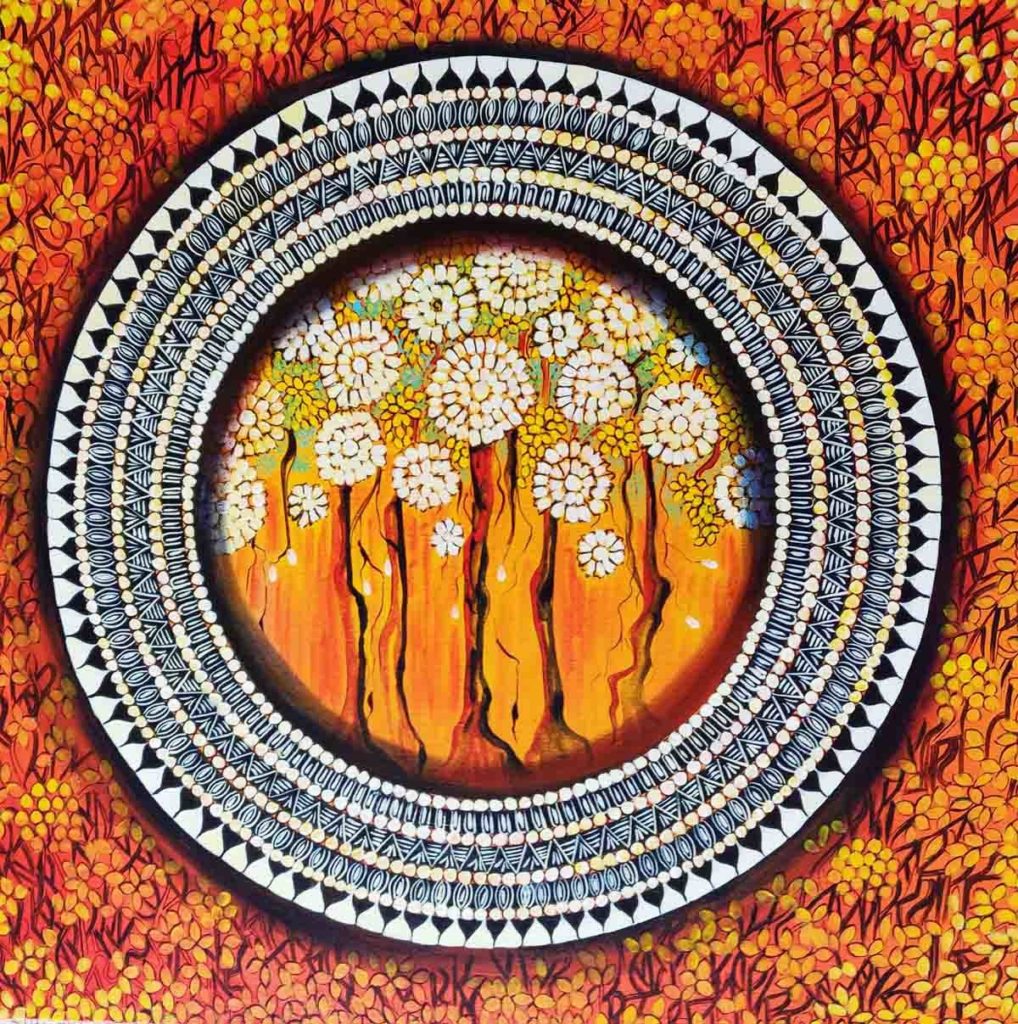Although Mandala Art is the most relished representation of Hindu and Buddhist faiths, numerous people are unaware of its significance and its various forms. The word Mandala has evolved from the Sanskrit term for circle and relates to a sense of wholeness. A mandala is a portrayal of the universe in its absolute form, and its creation reflects transcending the miseries encountered overtime, and movement towards comfort and celebration. Various religions identify mandala as a significant illustration of the creator.

The creation of Mandalas dates back to 4th Century when they were produced for the observance of then famous religion, Buddhism. The making of the Mandala at that time would start with the ceremony to sanctify the dedicated section, and summoning the powers of goodness through chants, meditation, and harmony. Over the span of ten days, millions of grains of coloured sand from old metal funnels (Chak-purs) were poured, cleansing and restoring the area and its occupants in the process. Soon after its completion, the Mandala would be dismantled to signify the impermanence of all that is, and the sand scattered to administer the blessings.
The contemporary world creates the Mandala in the art form, with systematic strokes of geometrical patterns, and expanding it out while concealing the meaning in its layers. The ultimate masterpiece is a symbol, a prayer, meditation, introspection, healing, and a blessing — all in one — whichever way one looks at. The art form is often seen in 5 prominent colours – white, red, green, dark blue, and yellow. Each colour is associated with the 5 intellectual forms of buddha and the errors of human nature.

The Mandala Art can be created ensuing five following steps:
1.Preparing the Art Surface
The most popular support (the underlying material) is a fabric spread on a plank. The material is sized by applying gelatine to the surface and solidifying it. Then by applying gesso (white earth pigment, either chalk or white clay) over the support and later polishing it to create a flawlessly smooth surface.
2. Establishment of a design
A diagram chosen may be composed according to Buddhist iconography and artistic custom. These might be drawn from recollection or according to set samples. The introductory design is done with charcoal crayon. The final art is reinforced in brush and black ink.

3. Laying down the initial coats of paint
Paints used in the making are of two types i.e., mineral pigments and organic dyes, while brushes are made from fine animal hairs. Mineral pigments are mixed with a binder, usually hide glue, before being applied as paints. They are usually used for the base coat of colours.
4. Shading and outlining

Organic dyes are used for shading and outlining.
5. Finishing touches
Most painters perfect the work by scraping the art with a knife-edge to create an even surface. Then dust it with a duster or rag and rub the surface with a small ball of the withered fragment of flour dough. This revives the matte finish. In the end, the gold colour pigment is laid down on the art.
Simple Mandala designs are used in many life areas. It is assumed that the designs of the Mandalas are visually attractive enough to absorb the mind in a way that disturbing thoughts vanish, and the spiritual essence surrounds the person.
Aashi is a working PR professional who enjoys a good amount of her free time reading, cooking, and taking care of her 2 dogs.